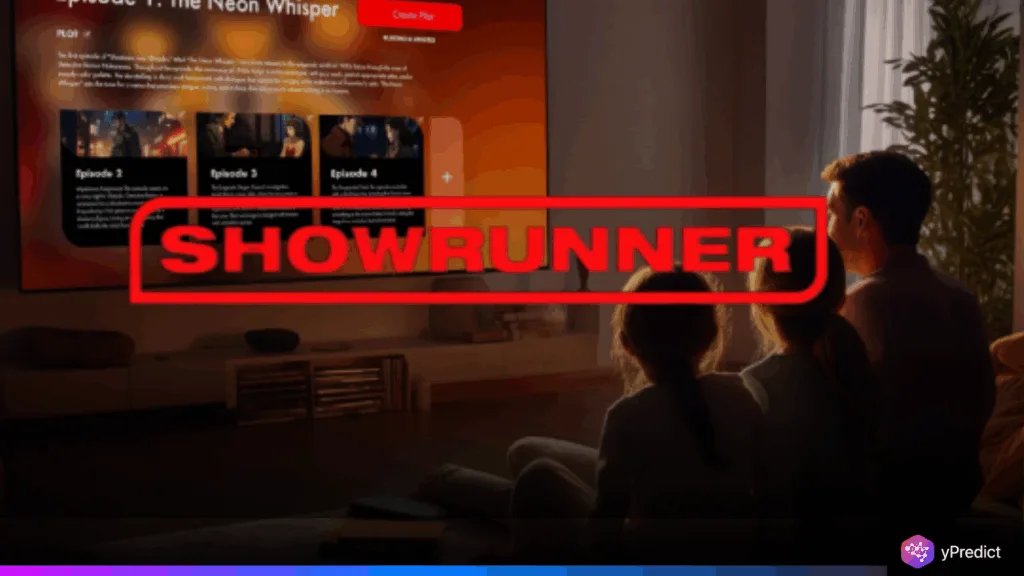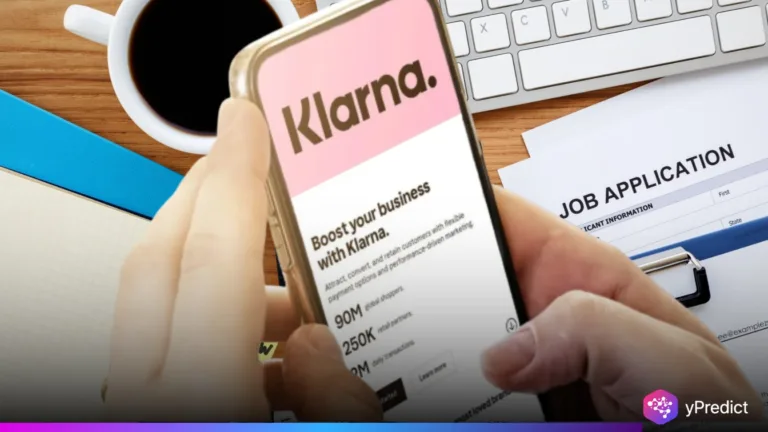
Showrunner is one of those launches that feels like it might quietly change the way people think about television. It is being built by Fable Studio, a team that includes developers from Oculus and Pixar. It’s an entirely new model where anyone can create full animated episodes from simple text prompts. That includes everything from scripting to voice acting to final rendering. The production pipeline is all automated. It’s fast, interactive, and completely driven by generative AI.
The platform lets users drop in an idea or even a selfie and then generate full scenes or episodes on the fly. You can remix existing storylines, spin off from other users’ creations, or build something original from scratch. There’s already a base of content, too. When it launched in July, it opened with a couple of series. One is a satire of tech elites called Exit Valley, and the other is a surreal comedy that spirals out of a fight at Ikea. Both are animated in the hope of better reach. Live-action is out of reach for now, so animation gives the model more flexibility, fewer visual constraints, and less uncanny weirdness.
Amazon’s recent investment is worth noting. The amount hasn’t been disclosed, but it’s a clear signal of long-term interest. There’s speculation that Showrunner might integrate with AWS, which makes sense if the goal is to scale creation across users globally. It also fits into Amazon’s broader push around AI inside Prime Video. If the project succeeds, we can have our own reality. We can be in a future where a user can switch from watching content to generating their own version of it, right from the same interface.
Business Model of Showrunner
There’s a business model layered on top of all this. Watching is free, but if you want to create, there’s a monthly charge for credits. More interesting is the revenue share model. If you remix someone else’s show, the original creator can still earn up to 40 percent from whatever new version is built off their idea. That adds a layer of financial incentive that has been missing from most AI tools right now.
The tech stack is powered by Fable’s SHOW-2 model, which is an upgrade from the earlier version. The earlier version generated unauthorized South Park episodes and pulled in tens of millions of views. SHOW-2 does everything from writing, animating, voicing, editing, to rendering. Users just describe what they want. The model handles the rest.
IP Licensing with Disney
IP is obviously a minefield here. Fable is reportedly in talks with studios like Disney and Warner Bros to allow users to legally create inside those worlds. Showrunners may push the entertainment industry toward something closer to “playable television.” Combined with VR, it won’t no longer remain lean-back watching. The audience can co-create. And for a certain type of creator, especially those without technical skills or access to animation software, this opens the door to professional-grade output with almost no barrier to entry. That said, the system still has limits. Long-form, complex narratives are hard to manage. Story arcs like what you’d see in a prestige HBO series are out of scope, at least for now. With Amazon backing it, Showrunner is a live experiment with significant upside.





